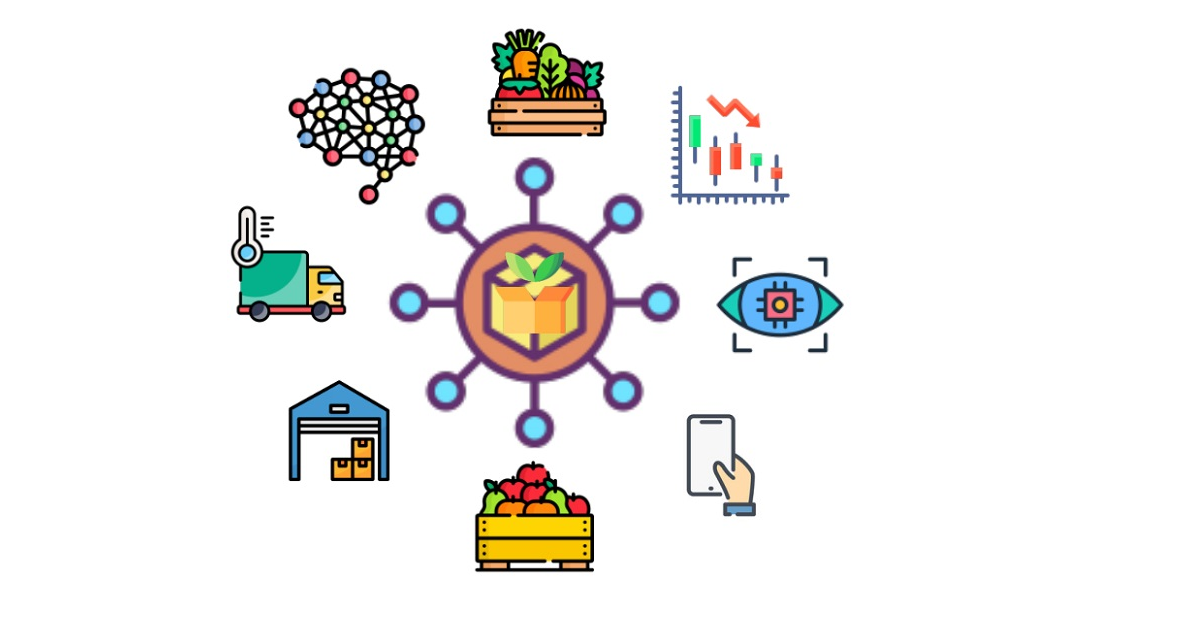AI Applications for Sustainable Fruit and Vegetable Distribution: Strategies for Waste Reduction
A special issue of Foods (ISSN 2304-8158). This special issue belongs to the section "Food Security and Sustainability".
Deadline for manuscript submissions: 15 December 2024 | Viewed by 1163

Special Issue Editor
Interests: modeling and optimization of food processes; design and optimization of food process conditions; predictive microbiology and quality; assessment of quality changes in food due to processing; the formulation of new foods
Special Issues, Collections and Topics in MDPI journals
Special Issue Information
Dear Colleagues,
This Special Issue examines the role of artificial intelligence (AI) in enhancing the sustainability of fruit and vegetable distribution systems. Focusing on waste minimization, the articles included in this Special Issue investigate how AI technologies can optimize the supply chain from production to the consumer. AI forecasting tools are highlighted for their ability to align production with market demand, thereby minimizing surplus. Machine learning algorithms are applied to determine optimal picking times, improving shelf life and reducing spoilage. The use of AI in logistics is also explored, with smart algorithms developing efficient delivery routes to lower emissions and decrease transit waste.
Additionally, AI-driven sorting and grading mechanisms are assessed for their capacity to process produce rapidly and accurately, ensuring that only market-ready goods are distributed. This automation is crucial in maintaining the quality of perishable items, streamlining operations, and preventing waste. The collection emphasizes the necessity for AI systems to be designed with sustainability as a core principle, promoting a reduction in resource use and waste generation throughout the distribution chain.
The research presented provides a scientific foundation for the application of AI in food engineering, offering practical solutions for the challenges faced in the fruit and vegetable industry. It advocates for the adoption of these technologies as a means to achieve greater efficiency and sustainability in food distribution.
Dr. Cristina L. M. Silva
Guest Editor
Manuscript Submission Information
Manuscripts should be submitted online at www.mdpi.com by registering and logging in to this website. Once you are registered, click here to go to the submission form. Manuscripts can be submitted until the deadline. All submissions that pass pre-check are peer-reviewed. Accepted papers will be published continuously in the journal (as soon as accepted) and will be listed together on the special issue website. Research articles, review articles as well as short communications are invited. For planned papers, a title and short abstract (about 100 words) can be sent to the Editorial Office for announcement on this website.
Submitted manuscripts should not have been published previously, nor be under consideration for publication elsewhere (except conference proceedings papers). All manuscripts are thoroughly refereed through a single-blind peer-review process. A guide for authors and other relevant information for submission of manuscripts is available on the Instructions for Authors page. Foods is an international peer-reviewed open access semimonthly journal published by MDPI.
Please visit the Instructions for Authors page before submitting a manuscript. The Article Processing Charge (APC) for publication in this open access journal is 2900 CHF (Swiss Francs). Submitted papers should be well formatted and use good English. Authors may use MDPI's English editing service prior to publication or during author revisions.
Keywords
- fruits and vegetables
- sustainable technologies
- AI applications
- minimizing waste
- transformation and distribution
Benefits of Publishing in a Special Issue
- Ease of navigation: Grouping papers by topic helps scholars navigate broad scope journals more efficiently.
- Greater discoverability: Special Issues support the reach and impact of scientific research. Articles in Special Issues are more discoverable and cited more frequently.
- Expansion of research network: Special Issues facilitate connections among authors, fostering scientific collaborations.
- External promotion: Articles in Special Issues are often promoted through the journal's social media, increasing their visibility.
- e-Book format: Special Issues with more than 10 articles can be published as dedicated e-books, ensuring wide and rapid dissemination.
Further information on MDPI's Special Issue polices can be found here.






